Chimney Liners – Chimney Fires
Terra cotta, pumice, stainless steel; learn about these extra layers of protection.
Chimney flue liners were an upgrade…
For hundreds of years chimneys were built without liners. The masons would coat the inside of the chimney flue with mortar. Sometimes they would not. The practice carried forward to the twentieth century.
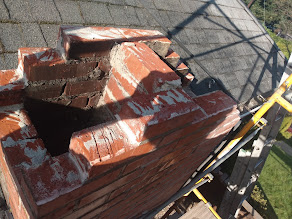
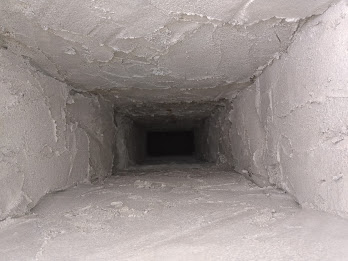
Building Code Changes
By the 1940s the code for using terra cotta flue tiles as chimney lining material was being enforced heavily in the U.S. Prior to this period, most chimney flues were “parged” with the mortar that was used to lay the brick.
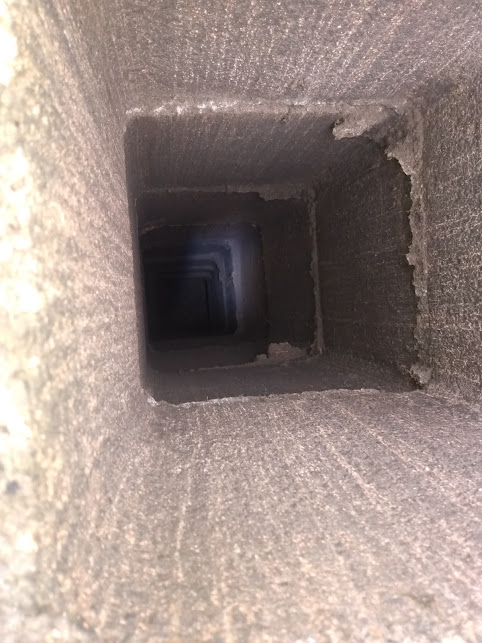
Pumice Flue Tile Liners
Pumice was used for flue tiles. These tiles are still manufactured in limited batches, and are hard to find.
Terra Cotta
The most common material for flue tiles these days is terra cotta:
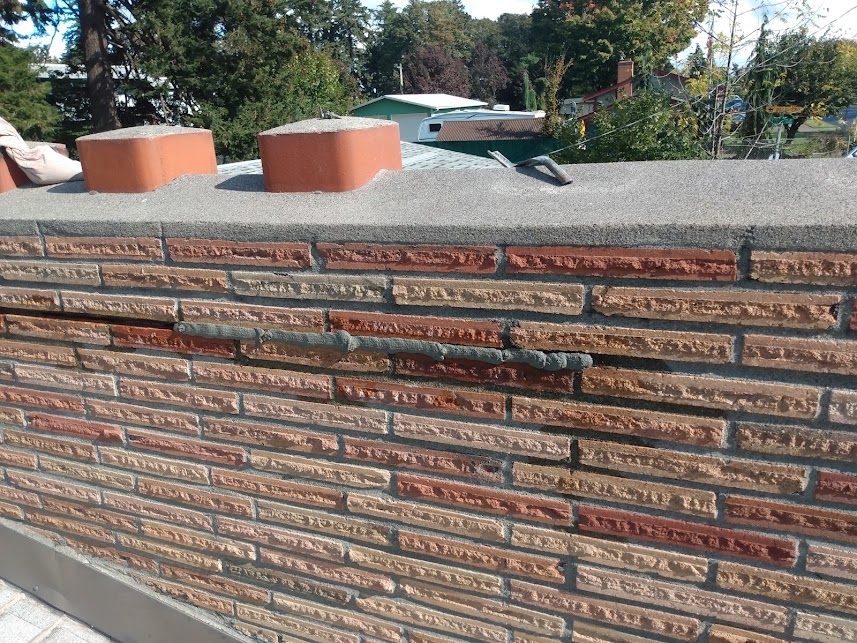
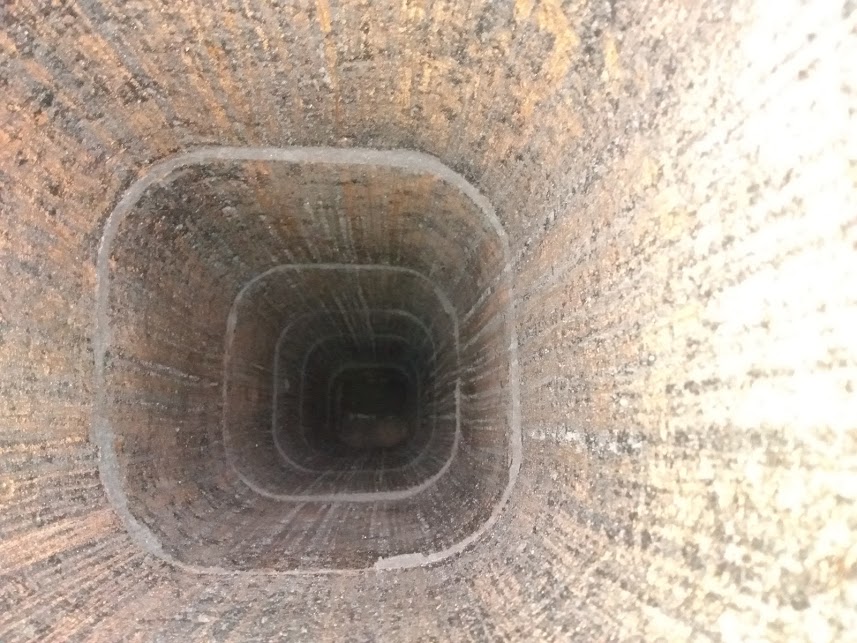
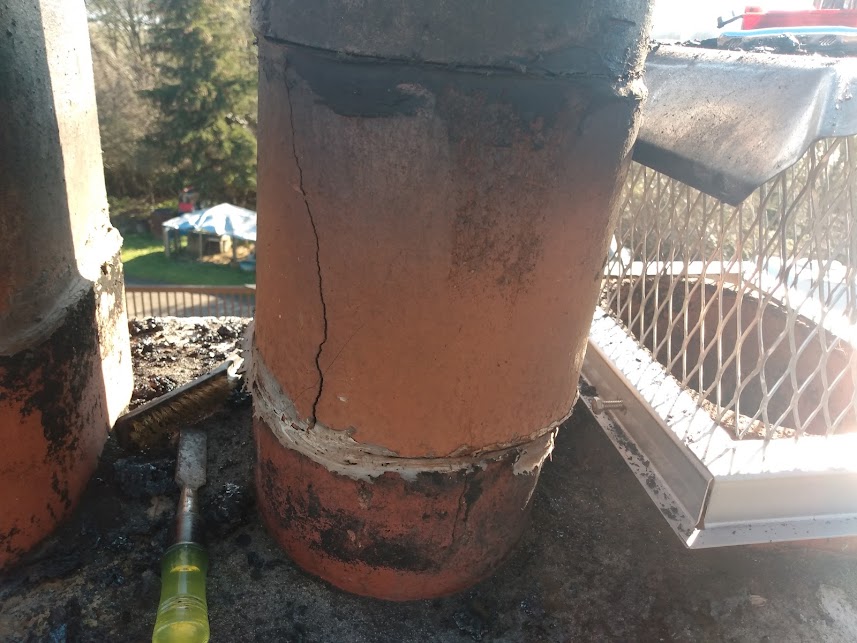
Cracked flue tile
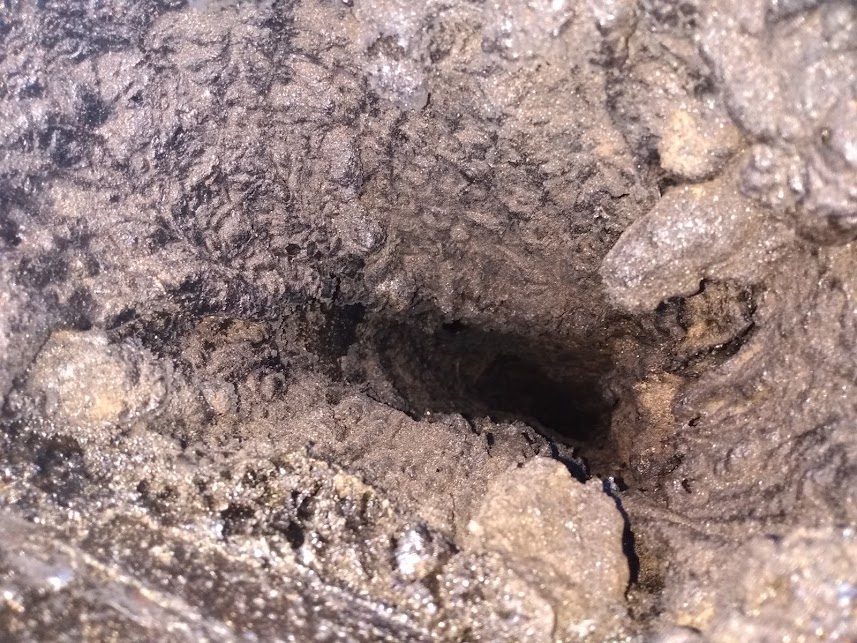
Looking down a chimney flue. Third-degree creosote caught on fire and expanded after burning and cooling down. This chimney fire cracked the flue tile in the photo above.
Damaged Flue Tiles
Flue tiles can crack from extreme chimney fires that are the result of poor woodstove installation practices and infrequent/inadequate chimney cleanings.
Major Surgery
Replacing damaged terra cotta or pumice flue tiles requires major surgery; often times you end up tearing the chimney down to a certain level and rebuilding it.
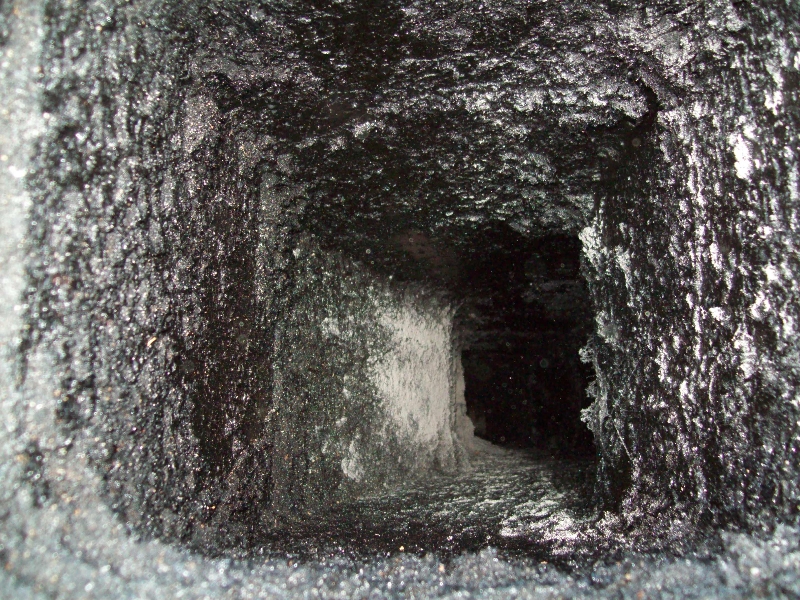
Looking down a chimney. Flue tiles are coated with 3rd degree creosote build-up. This is what it looks like before it catches fire.

Looking down, after the chimney fire.
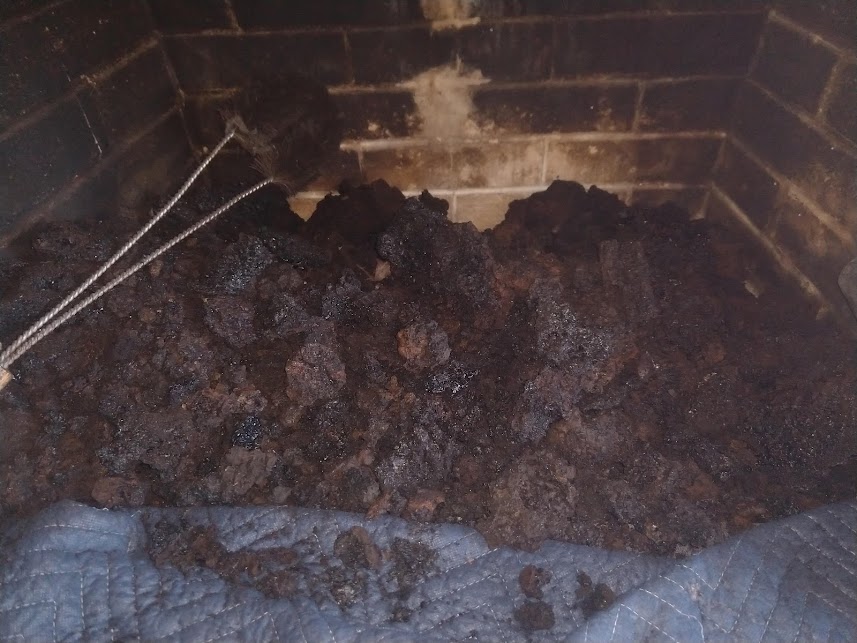
(Burnt chimney fire creosote removed.)
These large chunks of burnt creosote were removed from an open fireplace that had a woodstove inserted into it without the proper stainless steel liner installed down the chimney and connected to the woodstove. It is code these days to install the stainless steel liner to the stove.
Stainless steel liners are installed down old chimneys and connected to the oil furnace as an extra added layer of protection. Aluminum liners are installed to natural gas furnaces and hot water heaters.
These days, it is code to install liners to oil furnaces that vent up masonry chimneys. This applies to natural gas appliances as well. Natural gas appliances put out an extreme amount of water vapor in the exhaust, which damages the inside of the chimney. The code was written to prevent this type of damage to the interior of the chimney.
The oil soot created by oil furnace exhaust erodes the mortar between the bricks when it gets wet from rain. We have rebuilt hundreds of chimneys as a result. Once I cleaned and oil furnace chimney that was 100 years old and in excellent condition; the mortar was hard as a rock. The chimney had been protected by a rain cap the entire 100 years! Rain caps make a big difference in many ways.
Call (503) 583-5077 To Schedule
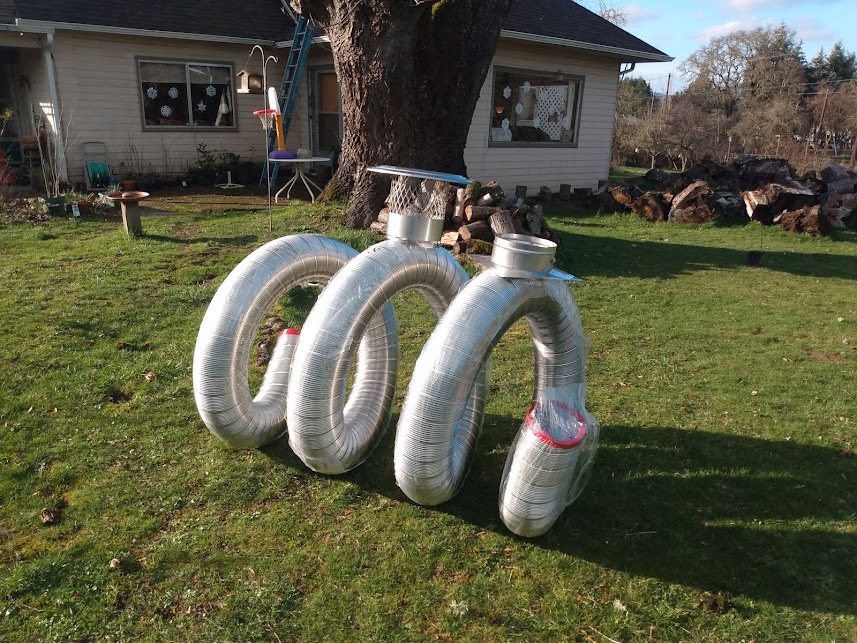
Flexible Stainless Steel Liner Kit